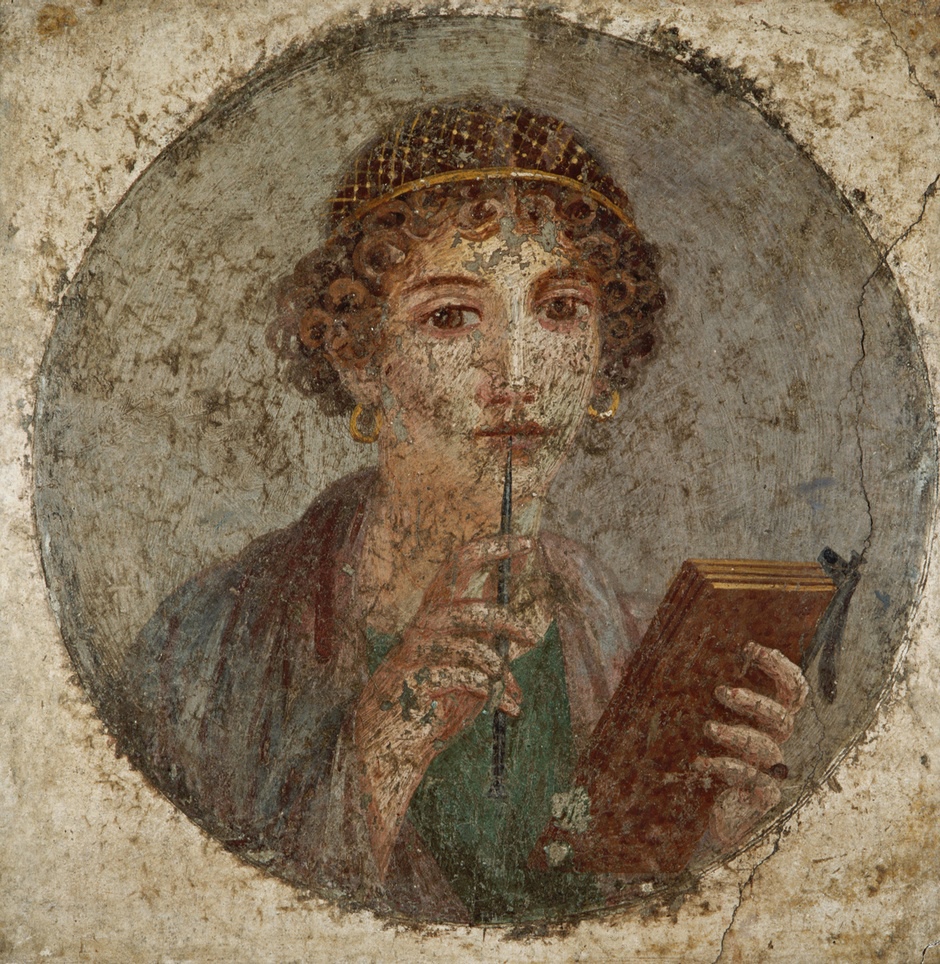LVW 2022: Reflections on LGBT+ Inclusive Language
Now to delight my women friends
I’ll make a beautiful song of this affairSappho (Fragment 160)
Lesbian Visibility Week is a perfect opportunity to reflect on some of the labelling words we use in the LGBT+ community. The word Lesbian as a label is a nuanced term with a unique and storied past within the LGBT+ lexicon. As the first letter in the LGBT+ initialism, it is easy to forget that the visibility and representation of LGBT+ women in financial services, is disproportionately overlooked compared to LGBT+ men.
Where did the word lesbian come from? Below, LGBT Great explores the history of the word and shares some thoughts on how to navigate the conversation around lesbian, queer, and gay identities this Lesbian Visibility Week.
THE ORIGIN OF THE WORD LESBIAN IS CLOSELY TIED TO THE GREEK LYRIC POET, SAPPHO
- Etymologically, lesbian refers to an inhabitant of Lesbos, an island in the north-eastern Aegean Sea. Lesbos came to prominence as the birthplace of Sappho, the great Greek lyric poet.
- Much of Sappho’s corpus was lost – with only scant complete poems and fragments remaining. The core themes at the heart of Sappho’s poetry were romantic love, female desire, marriage, and philosophical reflections on politics, community, and myth.
- As studies of Sappho’s poetry gained traction in academic discourse throughout the 19th century, the term lesbian became increasingly used to refer to the island or to Sappho herself and as a broader term for describing romantic and sexual relationships between women. At the turn of the 20th century, the terms lesbian and homosexual were interchangeable with sapphist.
SOME LGBT+ WOMEN REFER TO THEMSELVES AS QUEER OR GAY NOT LESBIAN
In 2021, LGBT Great conducted a roundtable asking the question about how to approach the words lesbian, gay, and queer. Some key points raised include:
- ‘Lesbian’ as a term can feel very “closed”: to some, it is used stereotypically to describe women who are seen as expressing their gender in a more butch and less femme way.
- Some LGBT+ women prefer to refer to themselves as gay or queer. Queer has a complex history, although it has firmly been reclaimed: “Queer feels wider and hits everything across the spectrum.”
- Reclaiming the word lesbian is a challenge without forcing a need to “redefine” it.
- There is nothing wrong with making a mistake. Getting the words wrong, or asking questions, provided that the intention is good.
ACTIONS TO NAVIGATE THE CONVERSATION THIS LESBIAN VISIBILITY WEEK:
- Educate yourself and your teams on the words, terms, and histories of the LGBT+ terminology. In 2021, LGBT Great released a report on LGBT+ Identities, which you can read here:
- Build safe and inclusive spaces for inclusive conversations. Don’t be afraid to have the chat out of fear of using the wrong language (if intentions are good).
- Shine a light and celebrate on lesbian, gay and queer women in your organisation. There are very few visible LGBT+ women overall, and very few who are ‘out’ at executive leadership or c-suite level. If you would like to shine a light on your LGBT+ woman in your organisation, reach out to us and we can help you.
Have your say by getting in touch today by emailing info@lgbtgreat.com or by filling our very short survey.
Lesbian visibility week is celebrated between 25 April 2022 and 1 May 2022 in the UK and US.
#LesbianVisibilityWeek #LVW2022
[1] Jim Powell (ed.), The Poetry of Sappho, Oxford University Press (2007). Accessible online: http://www.projethomere.com/ressources/Sappho/Poetry-of-Sappho.pdf

